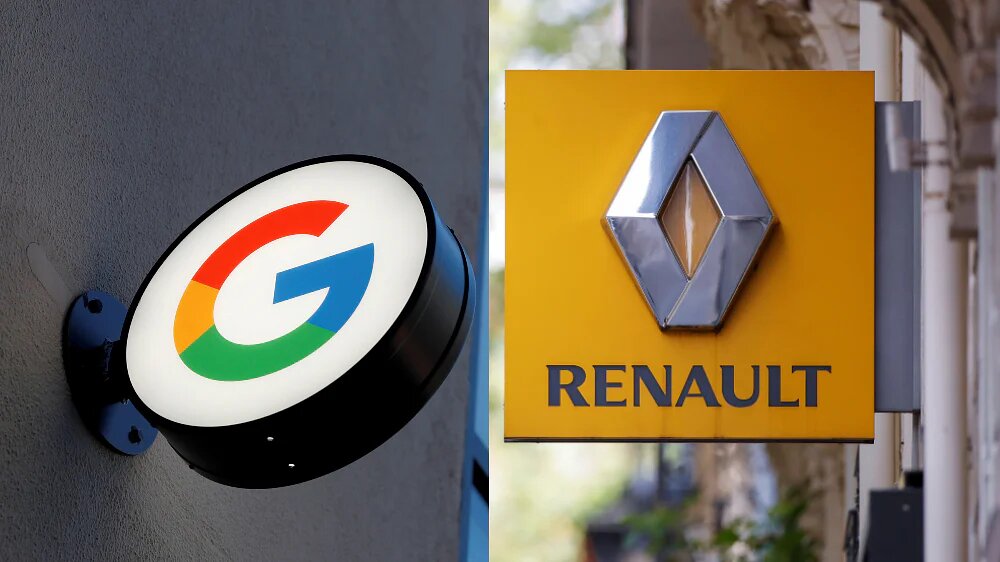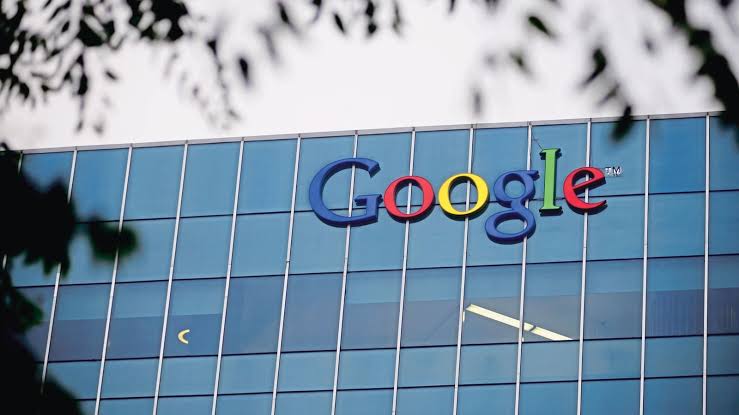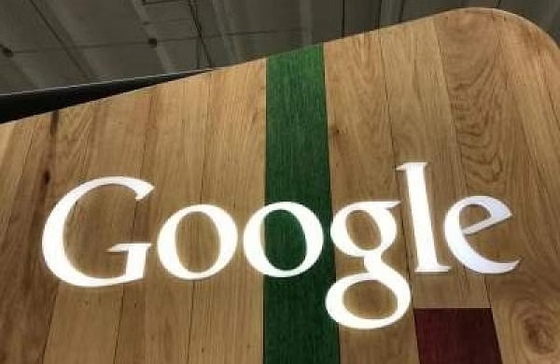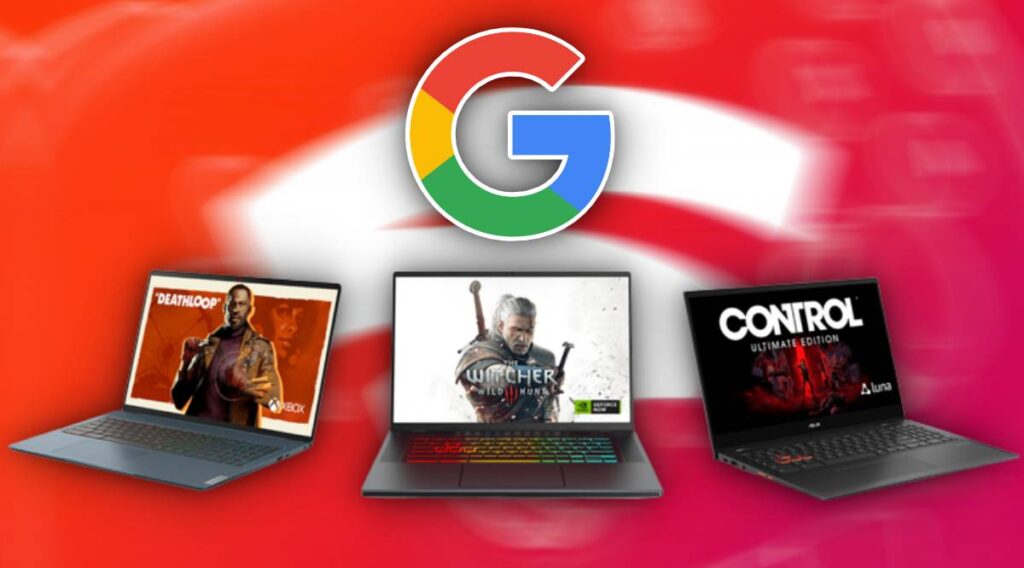Google to release Nest Wi-Fi Pro update next week to fix slow internet speed
Google will launch a software upgrade for the brand-new Nest Wi-fi Pro close to the start of the next week to resolve some users’ slow Internet speeds.
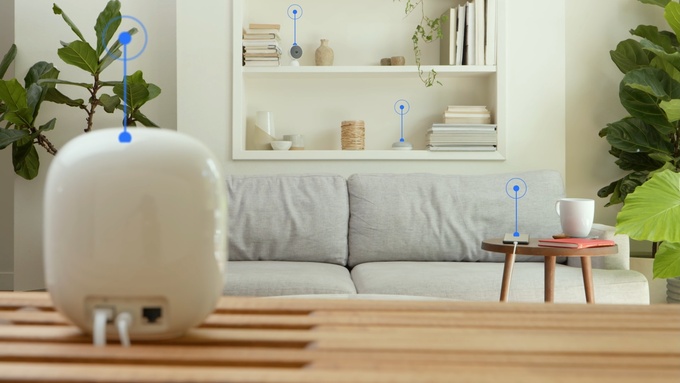
Google unveiled its newest IoT products, such as the Nest Wifi Pro, on October 4. The model looks hardly anything like most Wi-Fi routers and costs 200 USD, but it may be valuable for those who are committed to the Nest ecosystem and want a mesh networking setup. Why? The model includes Wi-Fi 6E, which expands on 802.11ax connectivity to provide customers with access to the 6 GHz band. As a matter of fact, the device is evidently future-proof and performs better.
Sanjay Noronha, Google Nest Wifi’s product lead said that “the company is currently investigating reports of a small number of users experiencing reduced Internet speeds on Nest Wifi Pro routers, and that its teams are working to roll out a fix,” as reported by The Verge.
Source: business-standard.com
Considering the combo of performance assurances and high price tag, it is not surprising that some customers were dissatisfied when they discovered a bug that in some cases, was restricting the Nest Wifi Pro to speeds of only around 50 Mbps.
Read More: Apple Restricts iPhone AirDrop With Everyone to Just 10 Minutes in China
It is noticeably slower than what one might anticipate out of a Wi-Fi 6E device which in actuality, for so many customers, may have signified a dramatic drop compared to the hardware they were using before purchasing Google’s. Luckily, it appears that the firm has heard the complaints and is hard at work on a bug fix.
Not every Nest Wifi Pro owner has reported slow internet speed issues. Google told The Verge that this issue affected only a small percentage of its users. The spokesperson said that Google is working on a bug fix for the issue and that it will begin the launch to consumers close to the start of the next week that means Monday is unclear, but it appears to be only a matter of days away.
According to the statement provided to The Verge, it appears that users in the United Kingdom were more likely to be affected by this glitch than consumers in the United States. That reason for the bug might well be connected to point-to-point protocol over ethernet (PPPoE). It is generally used by DSL service providers in the United Kingdom and DSL is still accessible in many other places, and those users may also be affected.
Google did not go into detail about why these slow speed issues are occurring, allowing the reader to presume what they can, from the information given. In the meantime, if you’ve a non-Pro Google Nest Wi-fi mesh network router and are undergoing slow speeds, the firm has an assistance document outlining possible solutions.

I am a student pursuing my bachelor’s in information technology. I have a interest in writing so, I am working a freelance content writer because I enjoy writing. I also write poetries. I believe in the quote by anne frank “paper has more patience than person
